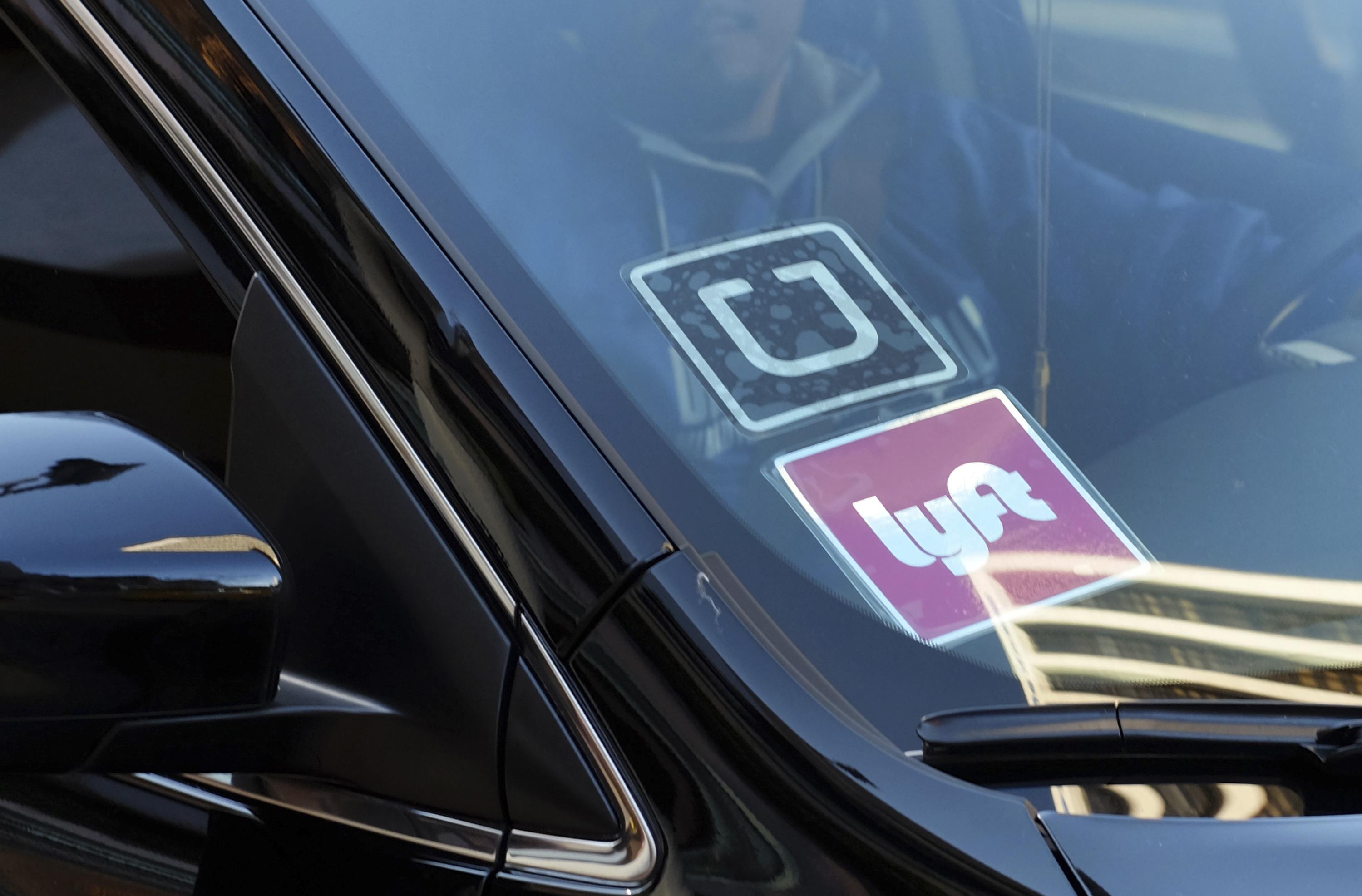
Motorists making some extra cash by hauling around Uber or Lyft customers are mostly earning less than minimum wage, and nearly a third of ride-hailing drivers are losing money behind the wheel, accor
Motorists making some extra cash by hauling around Uber or Lyft customers are mostly earning less than minimum wage, and nearly a third of ride-hailing drivers are losing money behind the wheel, according to researchers at the Massachusetts Institute of Technology.
The median profit before taxes earned by ride-hailing drivers at either service is about $3.37, or less than half of the minimum wage in most states, researchers at MIT’s Center for Energy and Environmental Policy Research wrote in their newly published working paper, “Economics of Ride-Hailing: Driver Revenue, Expenses and Taxes.”
Culled from interviews conducted with over 1,100 Uber and Lyft drivers, the analysis “provides one of the first detailed estimates of ride-hailing profit,” its authors wrote.
The MIT researchers quizzed respondents with questions like how many miles they drive and the types of car they use, then factored in the costs of insurance, fuel, maintenance, repairs and depreciation to reach their figures.
Seventy-four percent of drivers earn less than the minimum wage in their state, while 30 percent “are actually losing money once vehicle expenses are included,” the report said.
“We were surprised by the numbers; they seemed pretty low,” co-author Stephen Zoepf, executive director of Stanford’s Center for Automotive Research, told the San Francisco Chronicle.
Indeed, Mr. Zeopf said he plans to crunch the numbers with a different formula as his findings are questioned by both San Francisco-based companies, the newspaper reported Friday.
“While the paper is certainly attention grabbing, its methodology and findings are deeply flawed. We’ve reached out to the paper’s authors to share our concerns and suggest ways we might work together to refine their approach,” Uber spokesperson Michael Amodeo said in a statement.
“We have not yet reviewed this study in detail, but an initial review shows some questionable assumptions,” said Lyft.
Uber and Lyft launched in 2009 and 2012, respectively, leaving a limited window for research into either of the nation’s two largest ride-hailing companies.
Nonetheless, previous studies have suggested drivers receive significantly more than MIT’s researchers concluded. A 2015 study funded by Uber found that drivers overall in Denver, Detroit and Houston earned less than $13.25 an hour after expenses. More recently, a 2017 survey conducted by the RideShareGuy blog and cited by Uber in response to the MIT study reported average hourly earnings of $15.68.






